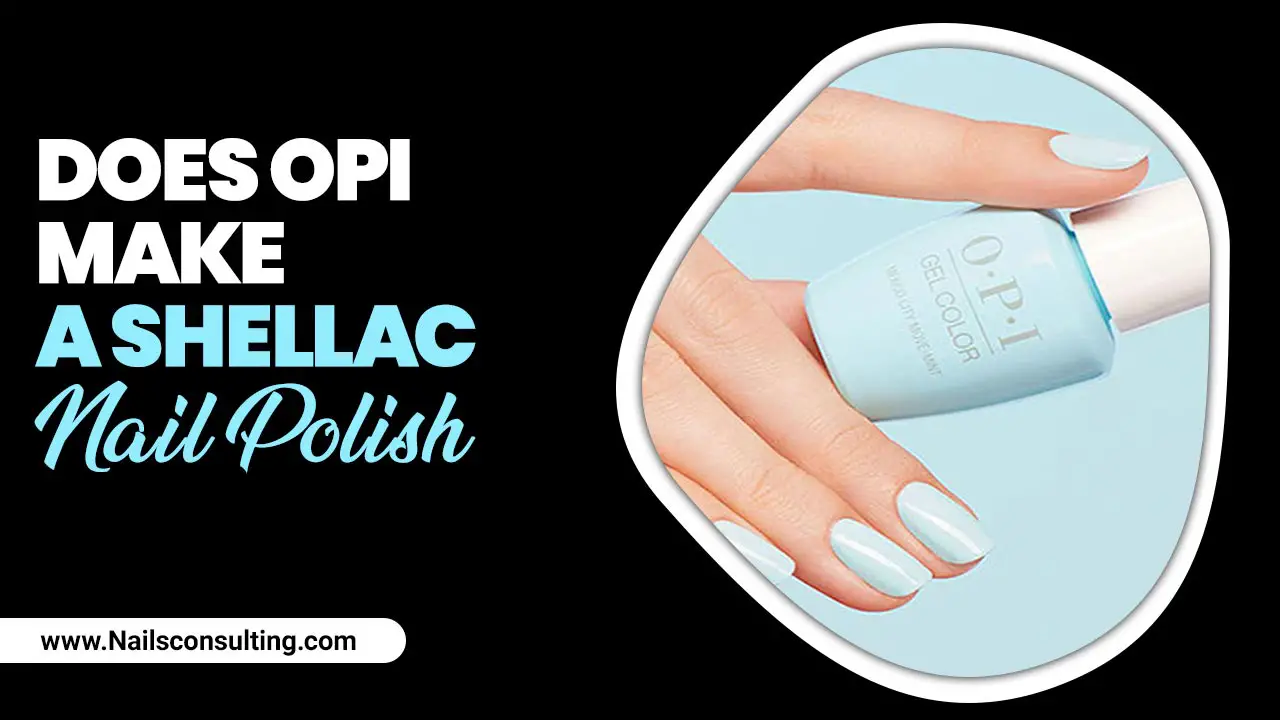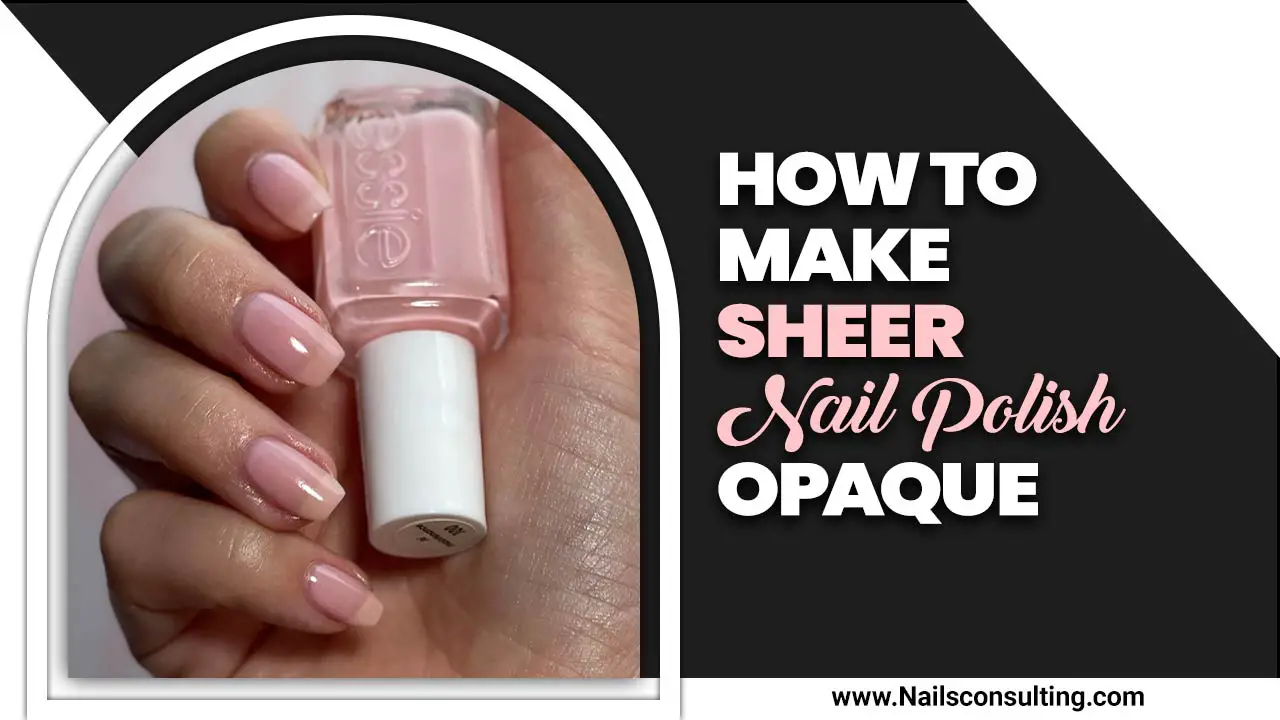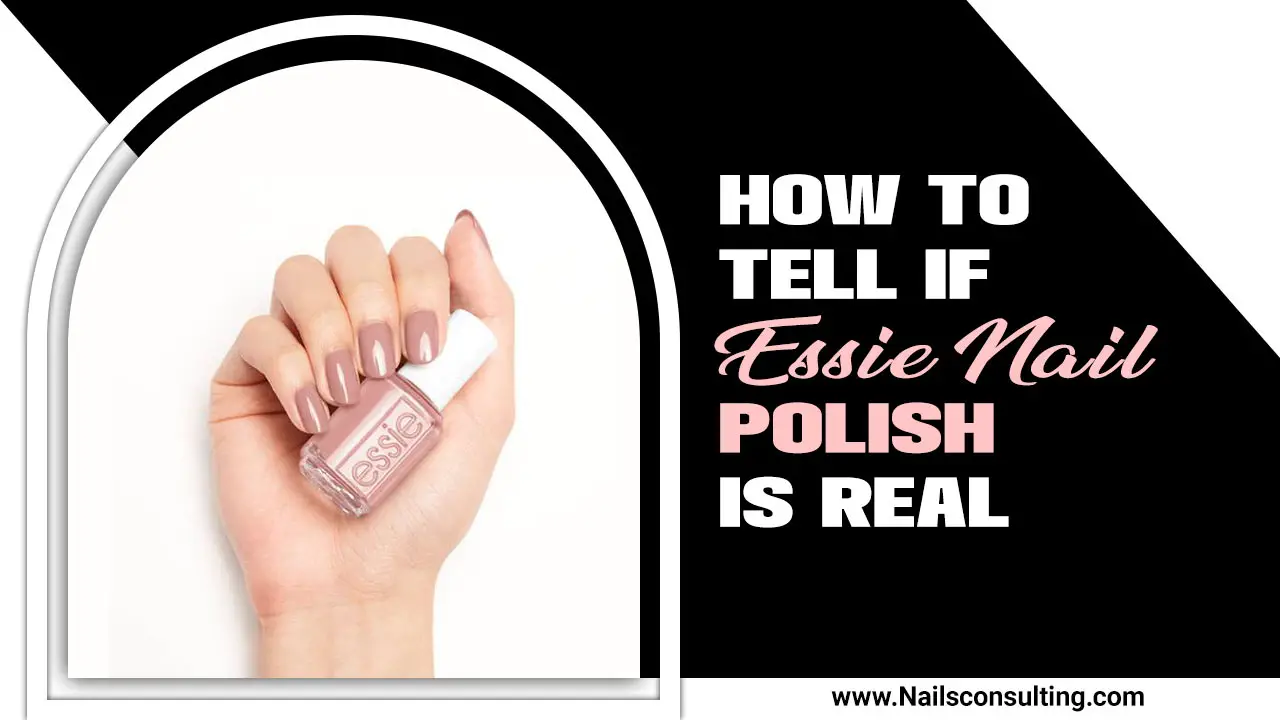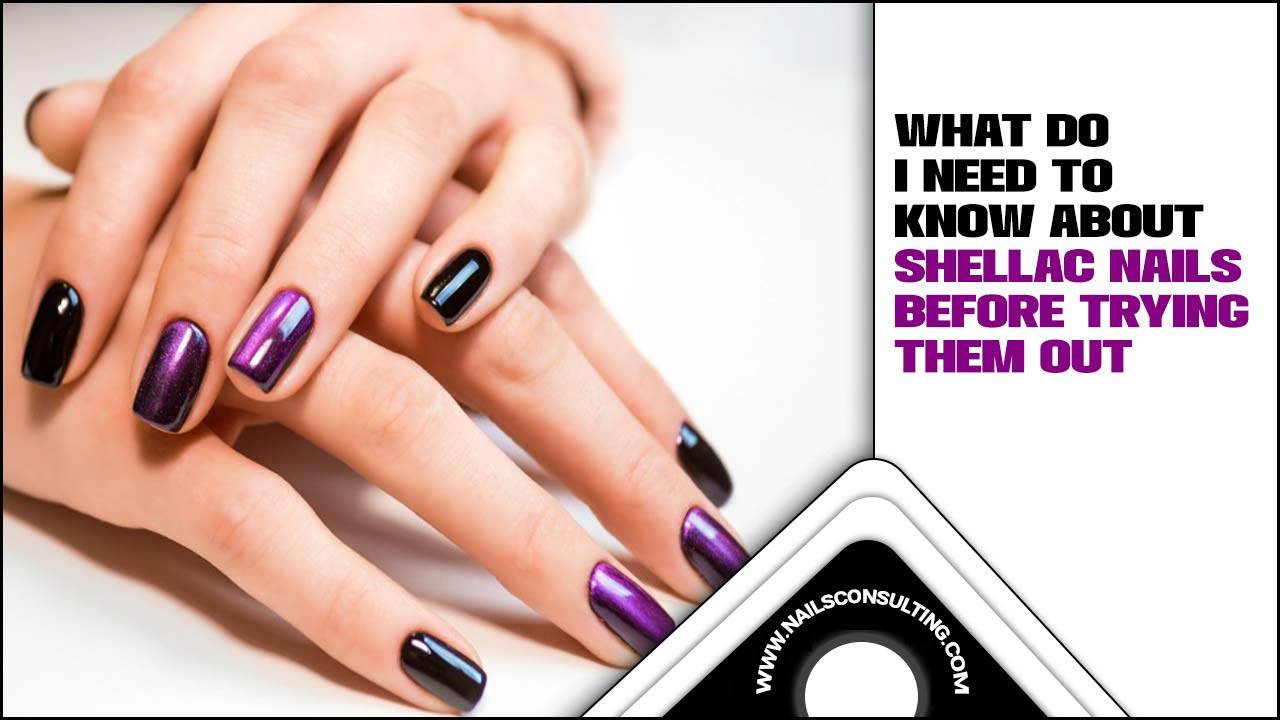Bolded Quick Summary
Learn how to create stunning aura nail designs easily at home! This guide breaks down the simple steps for achieving that beautiful, blended, and ethereal look, perfect for beginners wanting to elevate their manicure game. Get ready for effortless beauty on your fingertips.
Hey nail lovers! Ever seen those gorgeous, blended gradient nails that look like a soft, dreamy halo? Those are aura nails, and they’re totally achievable right in your own home – no pro salon required! If you’ve ever admired them and thought, “I could never do that,” I’m here to tell you, you absolutely can.
It’s amazing how a little color blending can make your nails feel so special. The aura effect is super popular because it’s versatile, pretty, and adds a touch of personal magic to your look. It’s like wearing a little bit of art that’s uniquely you.
Don’t worry if you’re new to nail art. We’re going to walk through this step-by-step. You’ll be creating your own beautiful aura nails in no time, and you’ll feel so proud of what you can do. Let’s get those nails glowing!
Unlocking the Magic: What Exactly Are Aura Nails?
Aura nails are a nail art trend characterized by a soft, blended, gradient effect. Think of a gentle sunset, a diffused watercolor painting, or the ethereal glow around a halo – that’s the essence of aura nails. They typically feature two or more colors that melt seamlessly into each other, creating a dreamy, almost translucent appearance.
The beauty of aura nails lies in their simplicity and the illusion they create. They’re not about intricate patterns or bold graphics; instead, they focus on the harmonious interplay of colors. This makes them incredibly popular for those who love a chic, understated yet eye-catching manicure. They’re a fantastic way to express a bit of personality without being over-the-top.
The “aura” effect is usually achieved by layering colors and blending them outwards from a central point, or across the nail. The result? A soft, diffused look that feels modern and sophisticated. It’s like having a little piece of art that shifts and shimmers with every move you make.
Your Aura Nail Toolkit: What You’ll Need
Getting started with aura nails is easier than you think! You don’t need a ton of fancy gadgets. Here’s a rundown of the essentials you’ll want to have on hand. Having the right tools makes the whole process smoother and results in a much prettier finish.
Essential Supplies for Aura Nails
- Base Coat: This protects your natural nails and helps your colors last longer.
- Top Coat: This seals your design, adds shine, and prevents chipping. A good quality top coat is key for that salon-smooth finish.
- Nail Polish Colors: You’ll need at least two colors for your gradient. Choose colors that complement each other. Think pastels, neons, or even metallics!
- Makeup Sponges: Small, dense makeup sponges are perfect for blending colors. You can often find these in beauty stores or even drugstores. Cut them into small pieces for easier handling.
- Small Dish or Palette: A clean surface to apply small amounts of polish before sponging. An old takeout lid, a piece of foil, or a dedicated nail art palette works great.
- Optional: Nail Polish Remover & Cotton Swabs/Brushes: For cleaning up any mistakes around the cuticle area.
- Optional: Acrylic or Gel Base Layer: If you use gels or acrylics, you’ll follow a similar sponging process, but curing times and specific products will vary. (This guide primarily focuses on traditional nail polish.)
Tips for Choosing Your Colors
The magic of aura nails is in the color combinations. Here are some ideas to get your creativity flowing:
- Classic & Dreamy: Soft pinks, peaches, and whites for a gentle, ethereal glow.
- Bold & Vibrant: Electric blues fading into purples, or fiery oranges meeting pinks.
- Sunset Vibes: Oranges, yellows, and soft reds blended together.
- Ocean Breeze: Teal, aqua, and a touch of creamy white.
- Monochromatic Magic: Different shades of the same color, like light to dark blue.
Don’t be afraid to experiment! The beauty of DIY is you can try anything. If you’re unsure, start with two colors that are close in shade or simply look good together in the bottle.
Step-by-Step Guide: How to Create Stunning Aura Nail Designs
Ready to dive in? Creating aura nails at home is a fun and surprisingly simple process. We’ll break it down into easy-to-follow steps. Grab your tools, put on some music, and let’s make some nail art magic happen!
Step 1: Prep Your Nails for Perfection
Just like any manicure, starting with clean, well-prepped nails is crucial for a lasting and beautiful result. This step ensures your polish adheres properly and your nails look their best.
- Clean Your Nails: Remove any old nail polish. Wash your hands thoroughly with soap and water to get rid of any oils or residue.
- Shape Your Nails: File your nails to your desired shape. Whether it’s round, square, or almond, a consistent shape looks great.
- Push Back Cuticles: Gently push back your cuticles with an orange stick or a cuticle pusher. This gives you a clean canvas to work on and prevents polish from bleeding into the skin.
- Apply Base Coat: Apply a thin, even layer of your favorite base coat. Let it dry completely. This protects your nails from staining and helps the polish adhere better.
Step 2: Laying Down Your First Color
This color will often be the main or outer color of your aura, or it can be your lightest shade to start building the gradient.
- Apply Your First Polish: Paint one or two thin coats of your chosen base color onto your nail. Let each coat dry down until it’s no longer wet to the touch – this is important for smooth blending in the next steps.
Step 3: Get Ready to Blend!
This is where the magic starts. We’ll use a makeup sponge to create that signature aura effect. It’s all about patience and building up the color.
- Prepare Your Sponge: Cut a makeup sponge into small, manageable pieces. You can even lightly dampen the sponge with water and gently squeeze out the excess. This can sometimes help create a smoother blend, but it’s optional.
- Apply Polish to Sponge: Put a small amount of your second color (and any subsequent colors) onto your clean palette or dish.
- “Load” the Sponge: Gently dab the sponge into the polish on your palette. You don’t want to saturate it; just pick up enough color to transfer.
Step 4: Creating the Aura Effect with Sponging
This technique is key to achieving that soft, blended look. It’s like dabbing, not swiping!
- Start Blending: Gently dab the sponge onto your nail. For a classic aura, you might start dabbing from the tip of your nail inwards, or from one side towards the other. You’re aiming to build up the color gradually.
- Add Your Second Color (or Highlight): Now, take your second color and apply it onto a clean part of your sponge or a separate piece of sponge. Dab this color onto your nail, aiming to overlap and blend with the first color. The key here is to dab gently and repeatedly in the area where you want the colors to meet.
- Building the Gradient: Continue dabbing, alternating between your colors and dabbing them over each other. You can gradually move the sponging inwards or outwards to create the desired gradient. The goal is to have the colors flow into each other smoothly. For a classic “halo” effect, you might concentrate the lighter color in the center and the darker colors towards the edges, or vice versa.
- Clean Up: If you get polish on your skin, dip a small brush or cotton swab into nail polish remover and carefully clean up the edges around your cuticles and sidewalls. It’s best to do this while the polish is still a little wet for easier cleanup.
Step 5: Adding More Layers (Optional)
For a more intense or nuanced aura, you can add more layers.
- Repeat and Refine: Once you’re happy with the initial blend, let it dry for a minute or two. You can then repeat the sponging process with your colors to deepen the pigment or refine the gradient. Apply your colors back onto the sponge and dab over the areas you want to enhance.
Step 6: The Grand Finale – Top Coat!
This is what seals everything in and gives your nails that beautiful, glossy finish. A smooth top coat can also help blur any slight imperfections in the blending!
- Apply Top Coat: Once you are absolutely sure your nail polish is dry (this is super important to avoid smudging!), apply a generous layer of your favorite top coat. Make sure to cap the free edge of your nail too – just swipe a little top coat along the very edge to help prevent chips.
- Let It Dry: Allow your top coat to dry completely. Patience here will prevent dents and smudges.
And voilà! You’ve created beautiful aura nails. Take a moment to admire your handiwork. You did it!
Troubleshooting Common Aura Nail Issues
Even with the best intentions, sometimes things don’t go exactly as planned. Don’t get discouraged! Here are a few common hurdles and how to easily overcome them to help you achieve that flawless aura look.
Issue 1: Sponging Looks Streaky or Uneven
Why it happens: This can occur if your sponge isn’t picking up enough polish, if you dab too lightly, or if the polish layers underneath aren’t quite dry enough.
The fix:
- More Dabbing: Apply more polish to your sponge and dab with a bit more pressure.
- Build Layers: Instead of trying to get the full color in one go, build it up in thin layers. Let each sponged layer set for a moment before adding the next.
- Check Polish Dryness: Ensure the base color layer is dry to the touch before you start sponging.
- Try a Different Sponge: Some sponges are denser than others. Experiment to find one that works best for you.
Issue 2: Colors Aren’t Blending Nicely
Why it happens: The colors might be too far apart on the color wheel, or the sponging technique isn’t allowing them to meld. Also, the polish drying too much can make blending harder. For smooth transitions, it’s often best to work quickly with traditional polish.
The fix:
- Overlap More: When sponging one color, move the sponge slightly into the area where the other color will go, and vice-versa. This overlap is key.
- Work Quickly: With traditional polish, you have a small window of time when the polish is still wet enough to blend. Try to apply and blend your colors in succession.
- Use a Transitional Color: Sometimes adding a third, neutral color (like white or a very light pink) in the middle where your two main colors meet can help create a smoother gradient.
- Consider Gel Polish: If you’re using gel polish, you can “paint” small areas of polish onto your palette and use a brush to blend them before applying to the nail. Gel polish stays wet until cured, offering more blending time.
Issue 3: Polish Stains Cuticles or Skin
Why it happens: This is a common issue with any nail art, especially when sponging. It’s easy to get polish where you don’t want it.
The fix:
- Protect Your Skin (Preventative): Before you start, apply a thin layer of a sticky balm, like petroleum jelly, or even special peel-off latex around your cuticles. Be careful not to get it on your actual nail plate.
- Clean Up While Wet: As mentioned, use a small brush (an old fine-tip makeup brush or a specialized cleanup brush) dipped in nail polish remover to wipe away excess polish from your skin immediately after sponging.
- Clean Up After Dry: If the polish dries, you can still carefully use a brush with remover, but it becomes trickier. A fine-grit file can also sometimes be used to gently buff away dried polish from the skin.
Issue 4: Top Coat Smudges the Design
Why it happens: The most common culprit is applying the top coat before the nail polish underneath is completely dry. This is especially true with darker or more pigmented polishes.
The fix:
- Let it Dry (Really Dry!): Seriously, give it ample time. If you’re impatient, try using a quick-dry drops or spray, but still allow a good 10-15 minutes after your last polish layer before the top coat.
- Float the Top Coat: Instead of swiping the brush aggressively, try laying down a thick bead of top coat in the center of your nail and letting it naturally flow towards the edges. Don’t go back and forth too much.
- Use a Gel Top Coat (If Applicable): Gel top coats, when used with traditional polish, can sometimes help seal the design without smudging as much as liquid top coats, but be sure your polish is dry.
Remember, practice makes perfect! Every time you try, you’ll get better at controlling the sponge and blending the colors. Don’t be afraid to make a mistake; it’s all part of the learning process.
Exploring Variations of Aura Nail Designs
Once you’ve mastered the basic technique, the world of aura nails opens up to a universe of creative possibilities! The beauty of this trend is its adaptability. You can play with different color palettes, placement, and even add subtle embellishments.
Ombre Aura Nails
This is very similar to the classic aura, but typically involves blending colors vertically from cuticle to tip, creating a smooth ombre effect. The sponging technique is key here, ensuring the colors transition seamlessly.
Reverse Aura Nails
Instead of a central glow, reverse aura nails emphasize the cuticle area and fade outwards. This often involves a darker or more intense color applied near the cuticle and blending it into a lighter shade towards the free edge.
Multi-Color Rainbow Aura
Why stop at two colors? Create a vibrant rainbow aura by carefully blending multiple shades. This requires careful sponging and a good eye for color transition. Think of a soft, diffused rainbow across your nail!
Glitter Aura Accents
Add a touch of sparkle! After creating your colored aura, you can go over the blended area with a fine glitter polish or sprinkle loose glitter onto a slightly wet top coat for an extra shimmer. This is perfect for special occasions.
French Aura Tips
A playful twist on the classic French manicure. Instead of opaque white tips, create a soft, blended aura effect on the tips of your nails. This can be done with two or three colors fading into each other at the tips.
Abstract Aura Blends
Don’t feel confined to a perfect gradient. You can try a more abstract approach, dabbing colors in irregular patterns and letting them blend where they meet. This can create a more artistic, less structured look.
Matte Aura Finish
Love the aura effect but prefer a matte look? Simply finish your nails with a matte top coat instead of a glossy one. This can give your aura nails a sophisticated, velvety appearance.
Choosing Your Aura Nail Medium: Polish vs. Gel vs. Acrylic
The aura nail technique can be adapted for different nail product types. Each has its own advantages and might suit your preferences and skill level best.
| Medium | Pros | Cons | Best For |
|---|---|---|---|
| Traditional Nail Polish | Widely available, affordable, easy to correct mistakes, no special lamps needed. | Can chip easily, longer drying time, harder to achieve super-smooth blends without practice. | Beginners, those who frequently change polish color, budget-conscious users. |
| Gel Polish | Long-lasting, high shine, durable, can be more forgiving for blending as it stays wet until cured. | Requires a UV/LED lamp to cure, can be harder to remove, mistakes need immediate cleanup
|




